ECO-Tourism
Shimla’s forests, popular tourist spots hit by ‘Litterbugs’
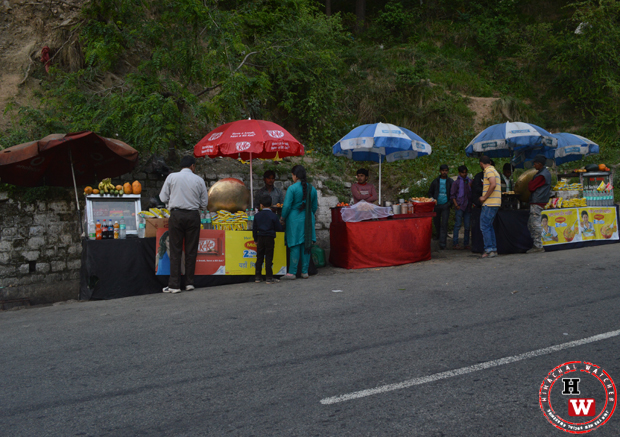
Do you know what a litterbug is? The dictionary will define it as “a person who carelessly drops litter in a public place”. Are you one? The word is made for Indian folks. These litterbugs have hit Shimla’s natural beauty as well, and now, it stands shrouded by garbage, while the Govt. makes no efforts, no awareness campaigns, proper disposal arrangements, no strict actions against violators.
SHIMLA- People of Himachal do feel proud on the magnificent gift that nature has endowed the place with; however, they have no idea regarding the respect it demands to sustain the original state. Shimla City is already struggling with garbage trouble, but the suburbs and places like the Chadwick Falls, Hassan Valley, famous for dense Deodar tree cover that hides Himalayan wildlife under it, are in the grip of human littering. Take a look at these photos and a video. It’s garbage all around this particular roadside spot at Hassan Valley. You can commonly see people peeing in public, openly burning the garbage, throwing bottles and beverage wrappings, smoking etc.
Scroll Down to Bottom For More Photos
The Kulcha Walas and small snack stalls on the roadside, all of them feel free to push the garbage down the hill, into the forest. Many native Himachal people would argue that these guys are migrants from other backward states like UP and Bihar, and that we should not blame innocent ‘Himachalis’ for their litter. Well, we would like to make it clear that the public in Shimla is no less than these tourists or migrants. Not only the public, but each and everyone in the chain that began from citizens, goes through garbage collectors, and Municipal Corporation and ends as ugly scenes in Shimla, is equally responsible for this mess.
The Govt. doesn’t seem to be interested in reforming the present state of affairs. There has been time when, in order to handle the similar scenario, the developed countries like USA had to spend on public awareness campaigns through electronic media, newspapers, radios etc., on better education at schools, and better management of violators. It took a lot of efforts to tame the citizens. Here, in India, the election budget of Indian political parties surpassed that of U.S.A. in 2014 elections, but the nation remains poor when it comes to the real jobs.
Related Story: So, is this how Shimla Ward Councilors fix the garbage?
The tourists, especially the domestic once, behave like migrated monkeys. They come in luxury cars, wearing those expensive Ray-Ban goggles, dressed in what is latest in brands; they appreciate the beauty and then honor it by littering the roadside and the forests. The locals don’t mind it. The public don’t feel that disgust for the litterbugs which indeed they really deserved. Our silence is doing more damage than than the incompetence of HP Tourism Deptt., Forest Deptt., and Shimla MC.
That’s quite enough of polite hospitality. The HP Tourism Department needs to show some real tough attitude to such guests. Come on. The tourists already have enough to spend on a holiday. They are the ones who can afford to bear the penalties. All that the Govt. need to do is to target their pockets for littering Shimla. Execute draconian laws if required to tame uncivilized savages. For example, if someone caught throwing waste paper or plastic anywhere in Singapore, he/she will attract a fine of $200, no arguments. In Shimla, we have a fine of Rs. 200 or 500 painted at some spots, but it’s very rare that there is any supervision or execution of rules on the behalf of Govt. What’s the matter? Why the Govt. is so lenient and tolerant to such litterbugs?
Next comes the party people, who love the serenity of isolated spots in the forests, but leave the whisky and the cold drink bottles behind to mark their presence. Take a look at the above posted image. It’s the roadside. The forests are also full of bottles. These drunkards or party lovers are not only causing environmental pollution, but also the visual pollution, making almost every tourist spot in Shimla an ugly scene.
If you wonder why such a filth around never surprised you, then you must read about ‘Broken Window Theory’. It’s basically a criminological theory, but it’s really useful if we could associate it with the behavioral pattern behind any particular habit. The theory came up after it was published in an article in 1982 by social scientists James Q. Wilson and George L. Kelling. Here are the most relevant lines:
“Consider a building with a few broken windows. If the windows are not repaired, the tendency is for vandals to break a few more windows. Eventually, they may even break into the building, and if it’s unoccupied, perhaps become squatters or light fires inside.”
“Or consider a sidewalk. Some litter accumulates. Soon, more litter accumulates. Eventually, people even start leaving bags of trash from take-out restaurants there or breaking into cars.”
The unchecked littering habits, unhygienic practices, and the uncivilized behavior get a boost of encouragement to litterbugs everytime they are tolerated by the authorities and the public itself. Also, here, the parents didn’t actually fail in guiding the children towards appropriate waste disposal habits because they never tried or they themselves never followed any these positive habits.
Click To View Photos/Read related Complaint by A HW Reader
Rather, people of all ages feel free to dispose beverage wrappings, cold drink or mineral water bottles anywhere they please. Onlookers don’t mind it; rather, it gives them one of the most used excuse for justifying their own faults. No one follows rules, rules are meant to break, and laws are only for the weak or how much damage it would cause to the environment if I drop a cigarette butt on ground, these are the arguments which we Indian litterbugs find convincing and consoling for our morally corroding souls.
Related Story: HPU campus, nearby forests filled with garbage, Who is responsible?
There isn’t any clue of concise regarding the cleanliness and hygiene among Indians. There was this article on The Hindu titled “Are Indians by nature unhygienic?” It said:
“If there is a ranking of countries in respect of observance of standards of sanitation and hygiene, one can be sure that India would figure close to the bottom. A majority of visitors to India from those countries complain of “Delhi belly” within a few hours of arrival, and some fall seriously ill. The general lack of cleanliness and hygiene hits the eye wherever one goes in India — hotels, hospitals, households, work places, railway trains, airplanes and, yes, temples. Indians think nothing of spitting whenever they like and wherever they choose, and living in surroundings which they themselves make unliveable by their dirty habits.”
To conclude with, if you think poverty, illiteracy, and lack awareness or resources have made the society more vulnerable to negative garbage disposal behavior, then take a look what another article, which is a contrast to the excuses Indian Govt. keep releasing in press releases
“Singapore became an independent country in 1965, about 20 years after India. In a few decades, it went from a being a Third World country to a developed first-world country. The architect of this transformation was Lee Kuan Yew, who served as its PM from its birth in 1965 to 1990. This is all the more remarkable because Singapore has no natural resources to speak of, and has to depend on neighboring Malaysia even for drinking water (while in India, even neighboring States cannot reach an amicable settlement on sharing river waters). Today, the country has the third highest per capita income in the world (higher than the U.S., Japan, and countries of Western Europe), and boasts of having the world’s number one airline.”
It’s more about the will to change the ugly scenario going on in Shimla including most the popular tourist spots, temples, forests etc. Please, wake up. Stop being a litterbug and bother to speak or report if you see anyone littering around. If nothing more, then just click a photo of these litterbugs, if you ever come across one, and directly post them in HW UrNews Section, without mentioning any personal details regarding you identity.
A Gallery Showing Shimla’s Forests Filled with Garbage
Hasan Valley Image:exquisitedestination.blogspot.com
ECO-Tourism
Himachal to Set up 100 Swachhta Cafés Worth Rs. 10 Crore to Promote Traditional Cuisine, Collect Tonnes of Single-Use Plastic

Shimla-Swachhta cafe would be set up in Himachal Pradesh with an estimated cost of around Rs. 10 crores by the year 2023. The State Government would set up around 100 such cafes. Ten such “Swachhta Café” would be set up at important locations of the state with an estimated cost of rupees one crore with a target to collect 25 tonnes of single-use plastic items from different parts of the state by end of this financial year.
It was informed by Rural Development and Panchayati Raj Minister Virender Kanwar recently.
Under this “Swachta Café” program, plastic waste will be purchased from the ragpickers, individuals collecting waste from households and urban local bodies at Rs. 75 per kilogram in exchange for food or other eatable items to motivate the ragpickers and individuals to keep their surroundings clean.
The Swachhta cafe will be constructed under “Village Haat Scheme” where women will be facilitated to sell medicinal plants, such as giloye, peppermint, powder of neem leaves and homemade pickles, murabba, wheat flour, pulses, spices and vegetable vat reasonable prices.
The women running the Swachhta Cafe will be given training in the hospitality sector to enable them to cook popular traditional cuisine to maintain original flavour and taste of the dishes. Around 100 such women will be trained by the hospitality experts during the current financial year, he informed.
He further informed that a target has been fixed to train around five thousand women belonging to self-help groups in the next three years in the hospitality sector to run these cafes.
The first Swachhta Café was inaugurated at Gram Panchayat Radiali in Nalagarh area in Solan, which is to be run by women self-help groups and another cafe would be opened at Naggar in Kullu Districts. Under the scheme, if a person brings more plastic waste then he can use the surplus money for dining in next time in the cafe.
Minister said that the programme aims that villages are made completely free of single-use plastic in coming years and the entire state will be covered under the scheme in a phased manner in coming years.
ECO-Tourism
HP Tourism to Cook 1100 kg ‘Khichari’ at Tattapani to Promote Tourism

Shimla-Himachal Pradesh Tourism Department will organise ‘Tourism Festival’ on the occasion of Makar Sakranti on January 14, 2020, at Tattapani. It would be organised in collaboration with district Mandi Administration. This was disclosed by Director Tourism Department Yunus while presiding a meeting today.
He said that the objective of organizing this tourism festival is to promote Tattapani as a tourist destination. He said that for first-time tourism festival was being organised at Tattapani to make it tourism destination for Indian and Foreign tourists.
He informed that during this event, Water Sports, Satluj Aarti and cultural programmes would also be organised. On this occasion, 1100 kilogram’ Khichari’ would also be cooked and it would be especially cooked in a single utensil, he added.
This is for the first time in Himachal Pradesh that Khichari would be cooked in such large quantity and will be served to about 12,000 to 15,000 people. Special buses would also be plied by the Transport Department to reach Tattapani Tourism Festival from Mandi and Shimla on Makar Sakranti.
SDM Karsog, District Tourism Officer Mandi, representatives of NTPC, HPTDC, Language, Art and Culture Department and Tattapani Panchayat participated in the meeting among others.
ECO-Tourism
ADB funds Rs. 1900 crore tourism project for Himachal
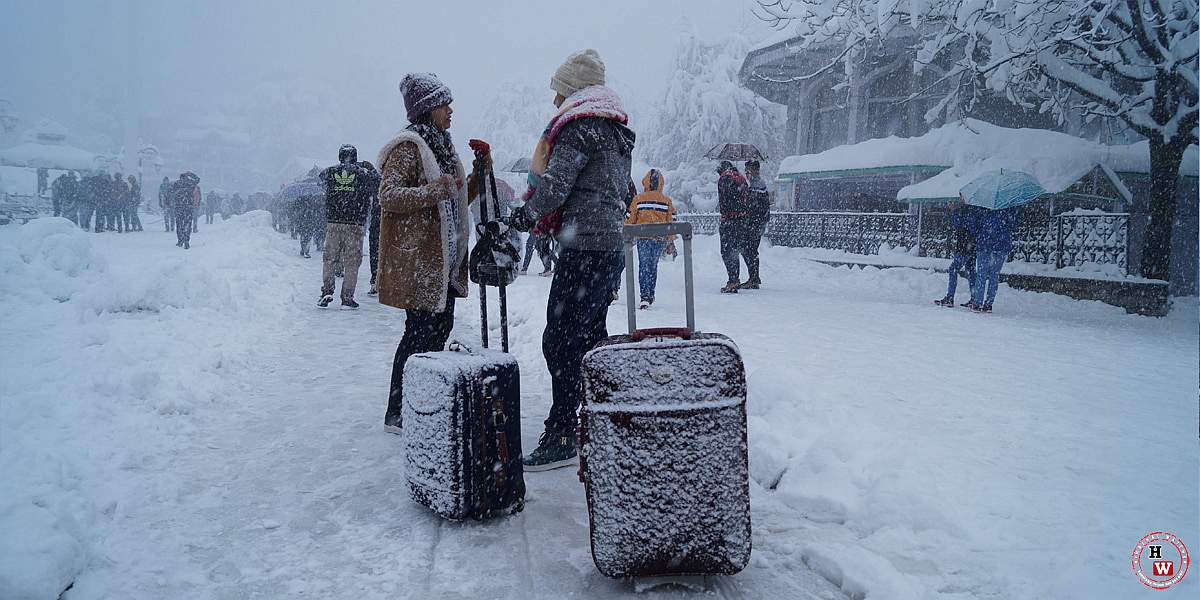
The design of the project is based on the detailed baseline data, a study conducted of 324 sites in 12 districts of the state, suggestions obtained from about 90,000 tourists.
Shimla: The Department of Economic Affairs, Ministry of Finance, Government of India has approved a tourism infrastructure development project worth about Rs. 1900 crores to be funded by the Asian Development Bank (ADB) for development of tourism infrastructure in the urban and rural areas of Himachal Pradesh.
With the help of this ADB funded project, the state would develop tourism in rural, unexplored areas and improve the infrastructure of the towns and also generate employment for the local youths and showcase Himachal as the best natural tourist destination state, the State Government informed.
Additional Chief Secretary, Tourism Ram Subhag Singh further informed the project would be completed in eight years.
The project is supposed to focus on diversification of tourism to new and rural areas by developing tourism infrastructure, create livelihood and employment opportunities through rural, adventure and ecotourism.
The project also mentions the application of innovative models like incentive-based mechanisms for community-based tourism activities, augmentation of services like water supply, sewerage, solid waste, skill development related to the tourism sector, advertising and marketing etc.
He claimed it would be one of the finest examples of sustainable tourism in the Himalayan States.
The project will have both hard and soft components and will include beautification of towns, development of unexplored areas, conservation and restoration of heritage buildings, infrastructure development in adventure, eco, rural tourism with an emphasis on community participation and employment generation.
The design of the project is based on the detailed baseline data, a study conducted of 324 sites in 12 districts of the state and suggestions obtained from about 90,000 tourists and designed in line with sustainable tourism guideline for the Himalayan States.
The Union Ministry of Tourism, Union Ministry of Housing and Urban affairs and Niti Ayog have also supported the project for tourism development in Himachal, it was informed. 
The Government said the Department of Economic Affairs was satisfied with the performance and progress of the State on the ongoing ADB funded project of about Rs.600 crores.

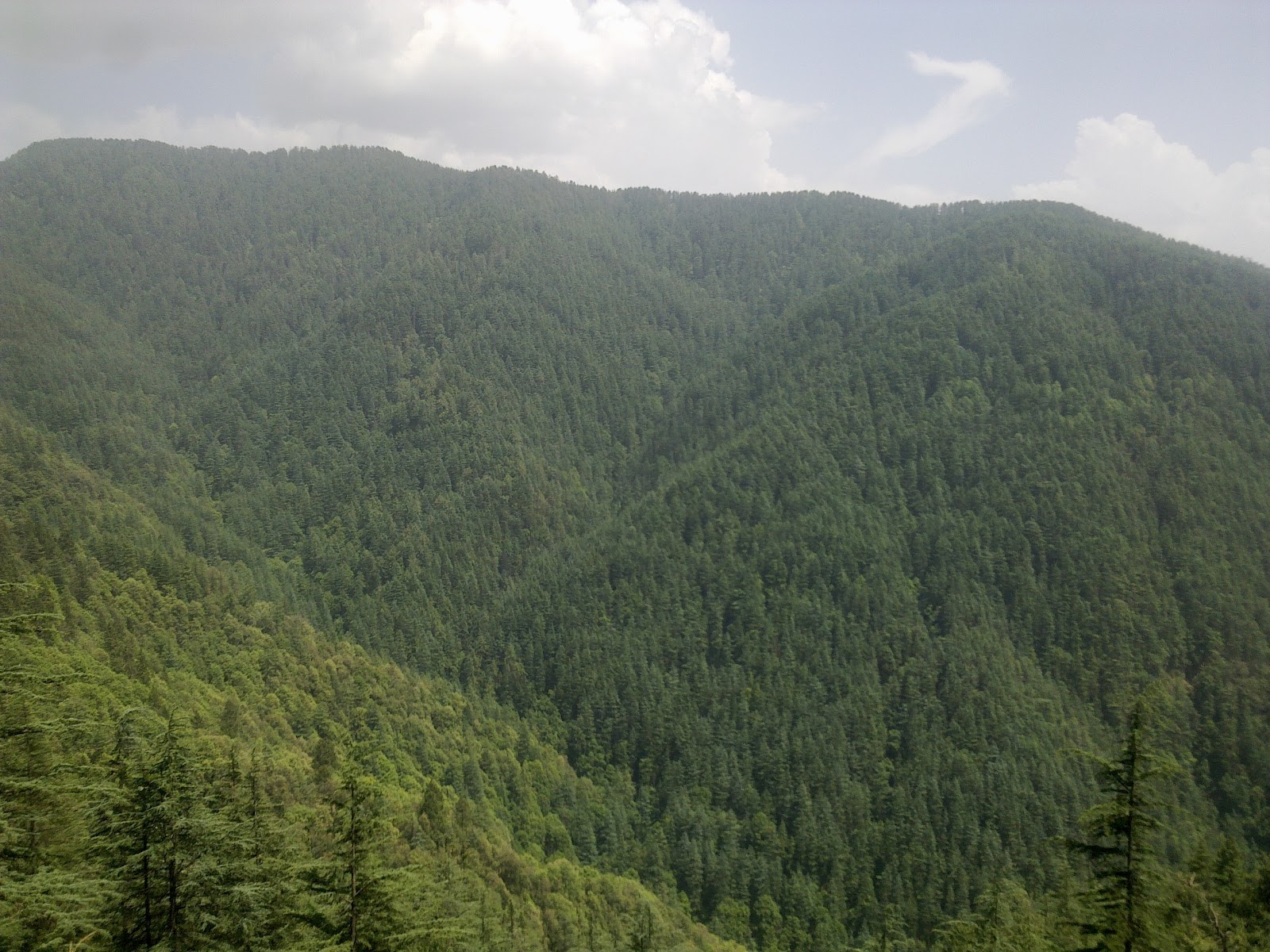

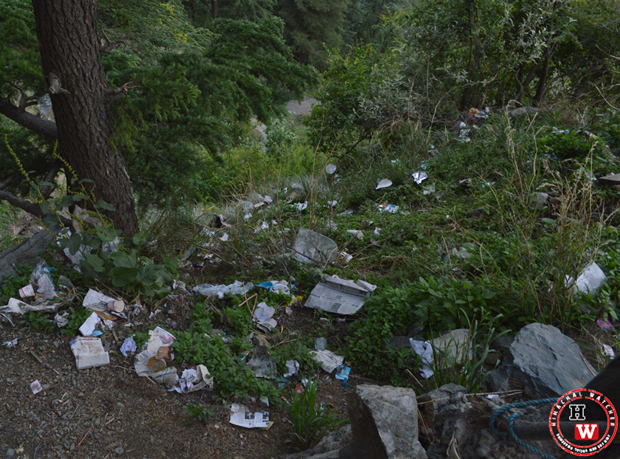
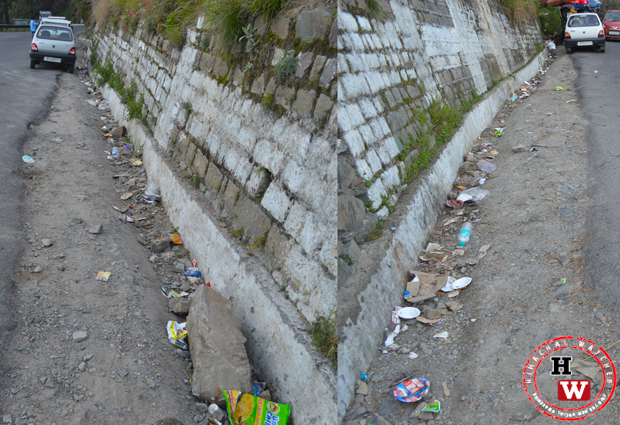
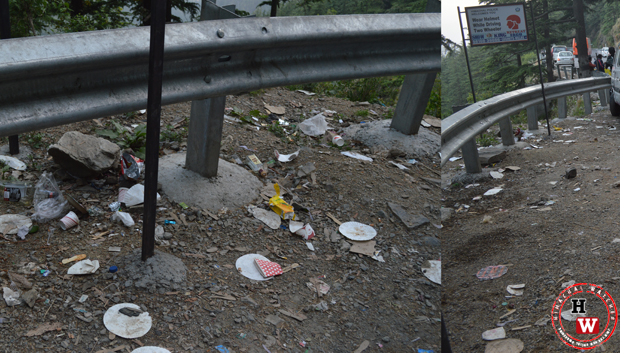

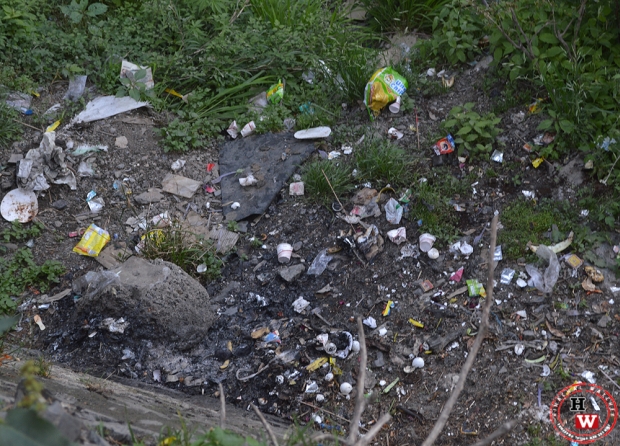
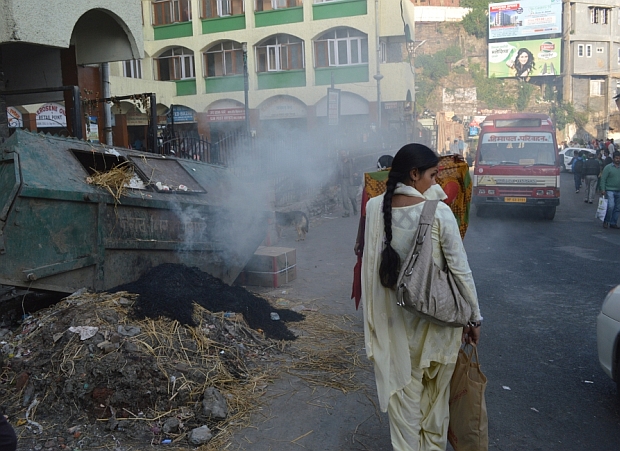
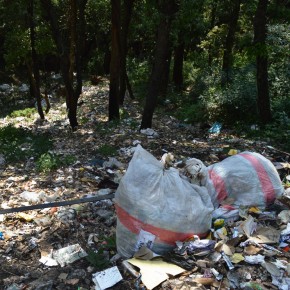
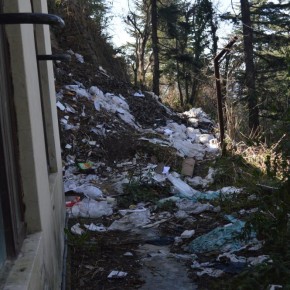
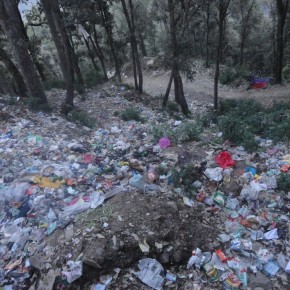
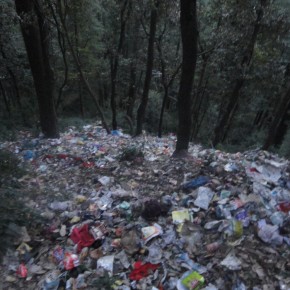
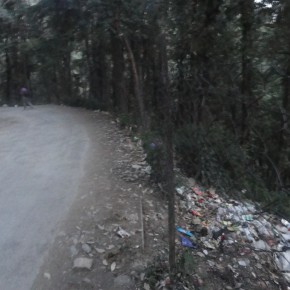
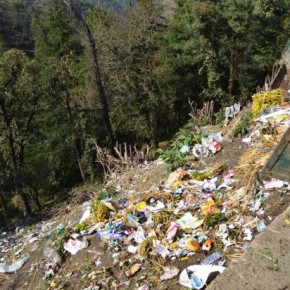
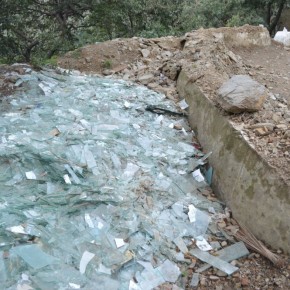
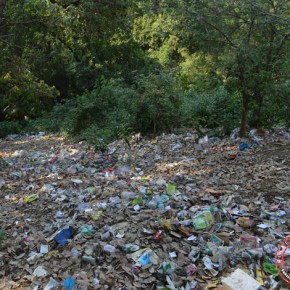
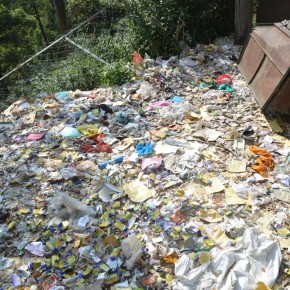
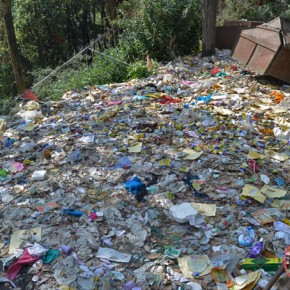
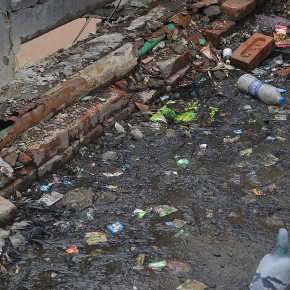

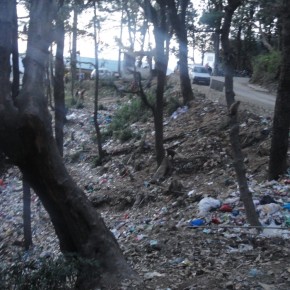

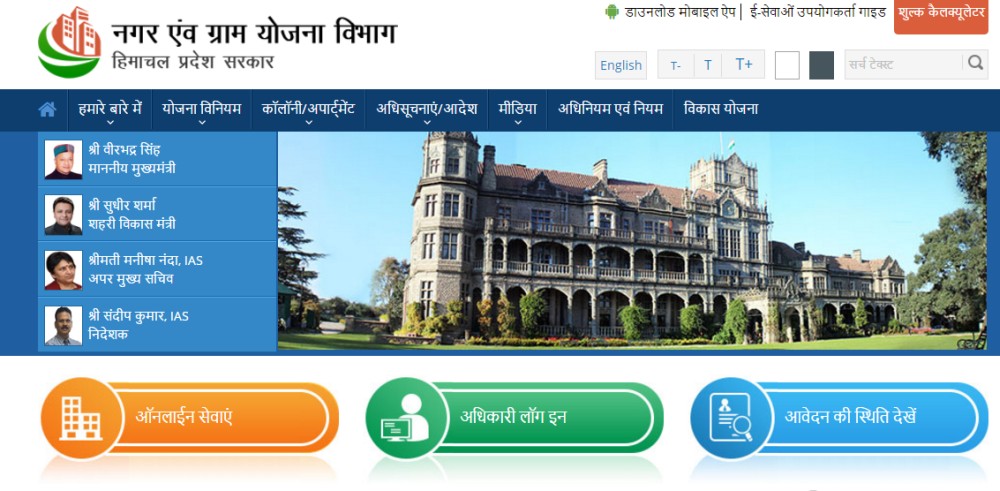

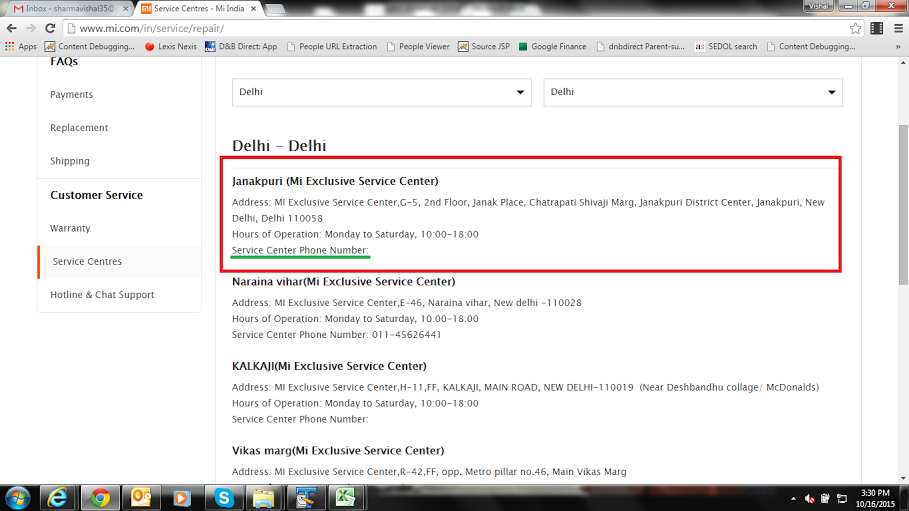






 Home Decor Ideas 2020
Home Decor Ideas 2020
